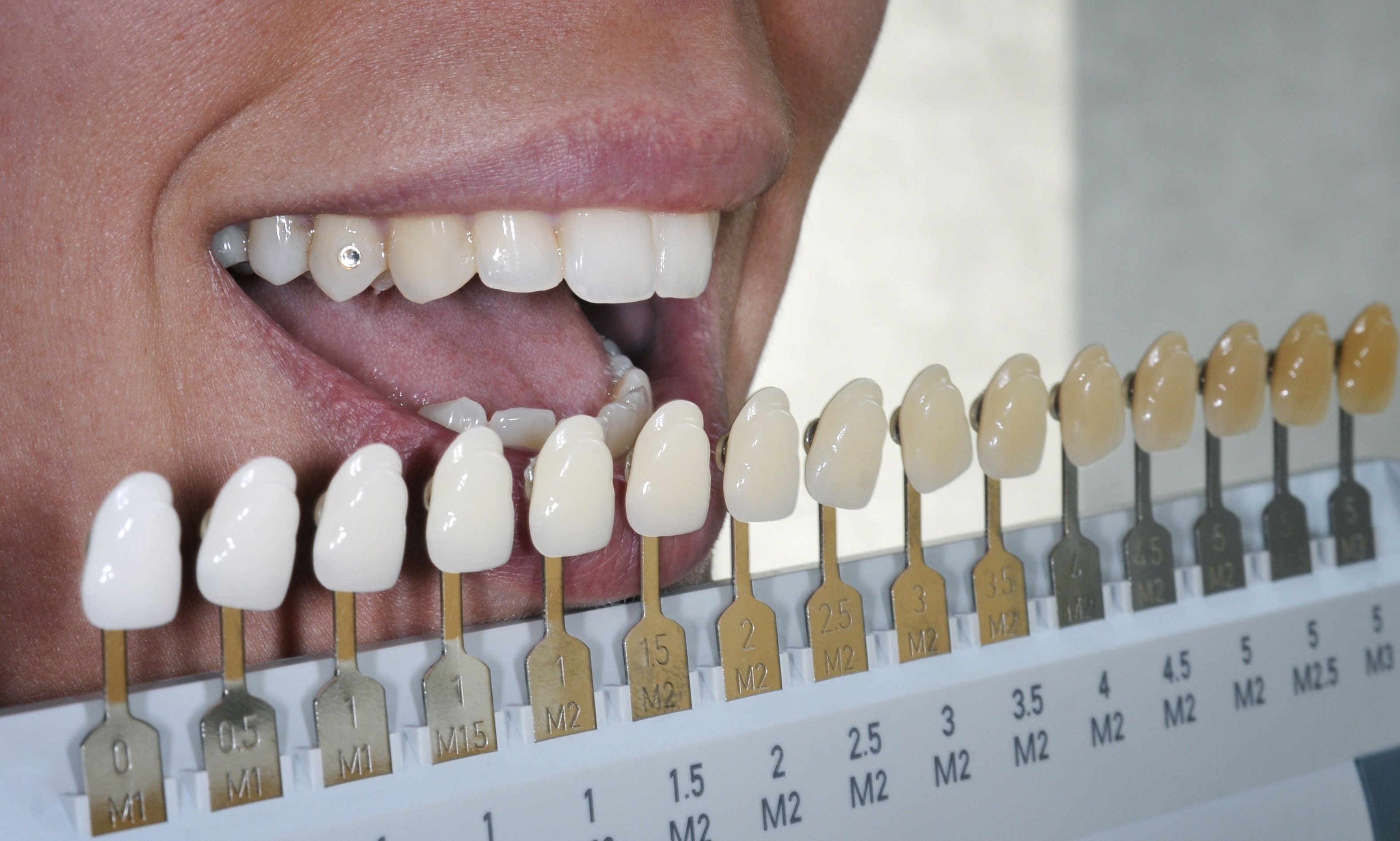Not All Stains Are the Same: Types of Tooth Discoloration
 Dental stains can ruin the overall appearance of your smile. If your teeth look yellow and dingy and unappealing, it can leave you feeling self-conscious about laughing, smiling, or speaking, even around people you have known for years.
Dental stains can ruin the overall appearance of your smile. If your teeth look yellow and dingy and unappealing, it can leave you feeling self-conscious about laughing, smiling, or speaking, even around people you have known for years.
Patients who come to The Smile Center know that we offer expert dental care with a focus on improved appearance as well as enhanced dental health. This approach to dental care is what makes us on of the leading cosmetic dentistry practices in Virginia Beach. What surprises many people is that not all stains are quite the same. The cause of a stain is important to consider wen it comes to proper treatment and prevention.
Types of Dental Stains
There are three types of dental stains:
- Extrinsic dental stains
- Intrinsic dental stains
- Age-related dental stains
Let's consider each of these dental stains in a bit more detail.
What Causes Extrinsic Dental Stains?
Extrinsic dental stains are the types of stains that people are most familiar with. Extrinsic dental stains originate at the surface layer of the teeth and the penetrate down into the tooth structure. Common causes of extrinsic dental stains include:
- Smoking
- Chewing tobacco
- Red wine
- Coffee
- Tea
- Beets
- Berries
- Colas
Treatments for Extrinsic Dental Stains
The ideal treatment for extrinsic dental stains typically involves teeth whitening. During teeth whitening treatment, bleaching agents are used to brighten the stained portions of the tooth structure. For serious extrinsic dental stains, teeth whitening may be limited in effectiveness. In such cases, the use of porcelain veneers may be preferable, allowing dentists to mask the stain from view.
What Causes Intrinsic Dental Stains?
Intrinsic dental stains are common as well, though not considered as often as extrinsic dental stains. Intrinsic originate within a tooth's internal structure rather than on the surface of the tooth like an extrinsic dental stain.
Common causes of intrinsic dental stains include:
- Injury to the tooth
- Overexposure to fluoride as a child
- Use of tetracycline as a child
- Dentinogenesis (a rare genetic condition)
Treatments for Intrinsic Dental Stains
When it comes to treating intrinsic dental stains, teeth whitening is not a viable option. The dental bleaching agent will only be able to penetrate so far into the tooth, and certainly will not be able to reach the central portion of the tooth structure where the staining originates. The best option is the use of dental bonding and porcelain veneers to mask the discoloration from view.
What Causes Age-Related Dental Stains?
Age-related dental stains are a type of tooth discoloration that occurs with advanced age. The wear and tear on the teeth over time can take its toll on the appearance of your smile. In essence, age-related tooth discoloration is a mix of extrinsic and intrinsic staining.
Treatments for Age-Related Dental Stains
Given that age-related dental stains are both intrinsic and extrinsic in nature, the common treatment for these kinds of stains typically involves a mix of teeth whitening and procedures that conceal stains from view. The best approach can be determined during the consultation process.
Learn More About Treating Tooth Discoloration
To learn more about tooth discoloration and how it can be treated, be sure to contact our cosmetic and restorative dentistry center today. The team at The Smile Center looks forward to your visit and helping you feel confident while also have great dental health.


